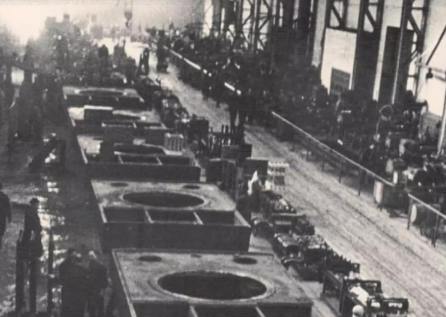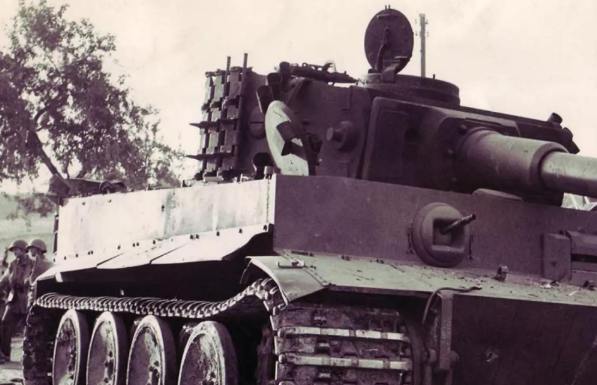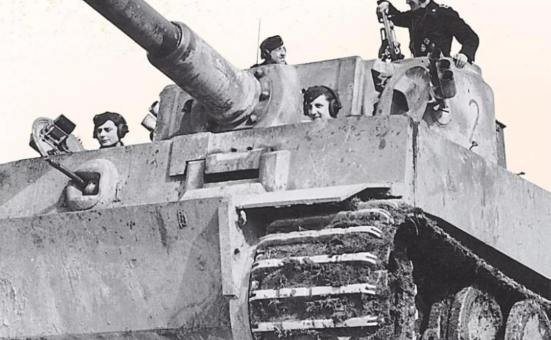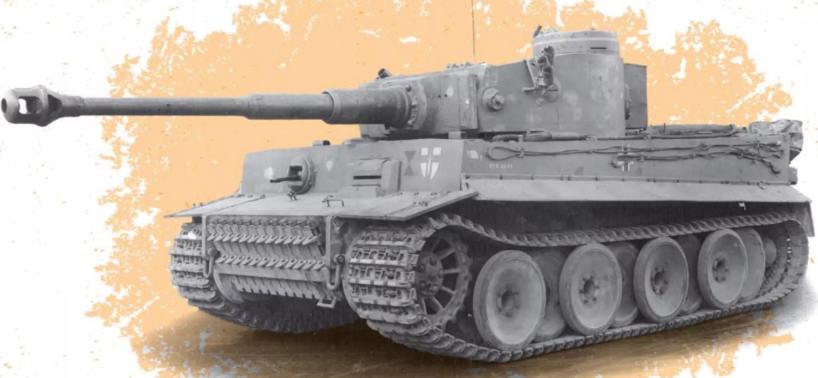Was the German Tiger tank truly invincible or was it overhyped? Explore the history, development, and critical flaws of the legendary WWII Panzer.
Table of Contents
The Tiger Tank Myth
The German Tiger tank holds a powerful mystique, often portrayed as an invincible beast of the battlefield. However, while undoubtedly formidable, its aura of invincibility owes more to the Nazi propaganda machine than to flawless German engineering. This article delves into the history of the Tiger I to separate fact from fiction.

A Troubled Development
The Tiger I’s development began in 1937, with designs from Henschel and Porsche eventually leading to the famed heavy tank. From the start, the project was plagued by increasing weight, which required complex engineering solutions like an overlapping roadwheel system and two different sets of tracks (narrow “transportation tracks” for rail transit and wider “combat tracks” for the field). This process of switching tracks took an experienced crew about 30 minutes per side.

Logistical Nightmares on the Battlefield
The Tiger’s greatest weakness was its reliability. At 56 tons, its sheer weight strained the suspension and drivetrain, leading to frequent breakdowns. Keeping the Tiger operational was a constant hurdle. It is very probable that more Tigers were destroyed by their own crews after running out of fuel or spare parts than were knocked out by enemy tanks in combat.
Production vs. Propaganda
While Allied tankers rightfully feared the Tiger’s powerful 8.8cm gun and thick armor, the tank was never produced in numbers sufficient to change the course of the war. Only 1,346 Tiger I tanks were produced between August 1942 and August 1944. Its reputation was greatly enhanced by Joseph Goebbels’s propaganda machine, which magnified its successes on the battlefield. In reality, Allied forces learned to use skill and cunning to defeat the Tiger, rather than engaging it in a simple duel.

The Tiger I was a marvel of its time, a powerful and well-protected tank that was lethal when operational. However, its complex design, high production cost, and poor reliability meant it could never be deployed in decisive numbers. Its legend, therefore, remains a complex mix of battlefield prowess and carefully crafted propaganda.
Doyle, David. “The trail of THE TIGER.” Military Trader & Vehicles, August 2025, pp. 50-54, 56.
